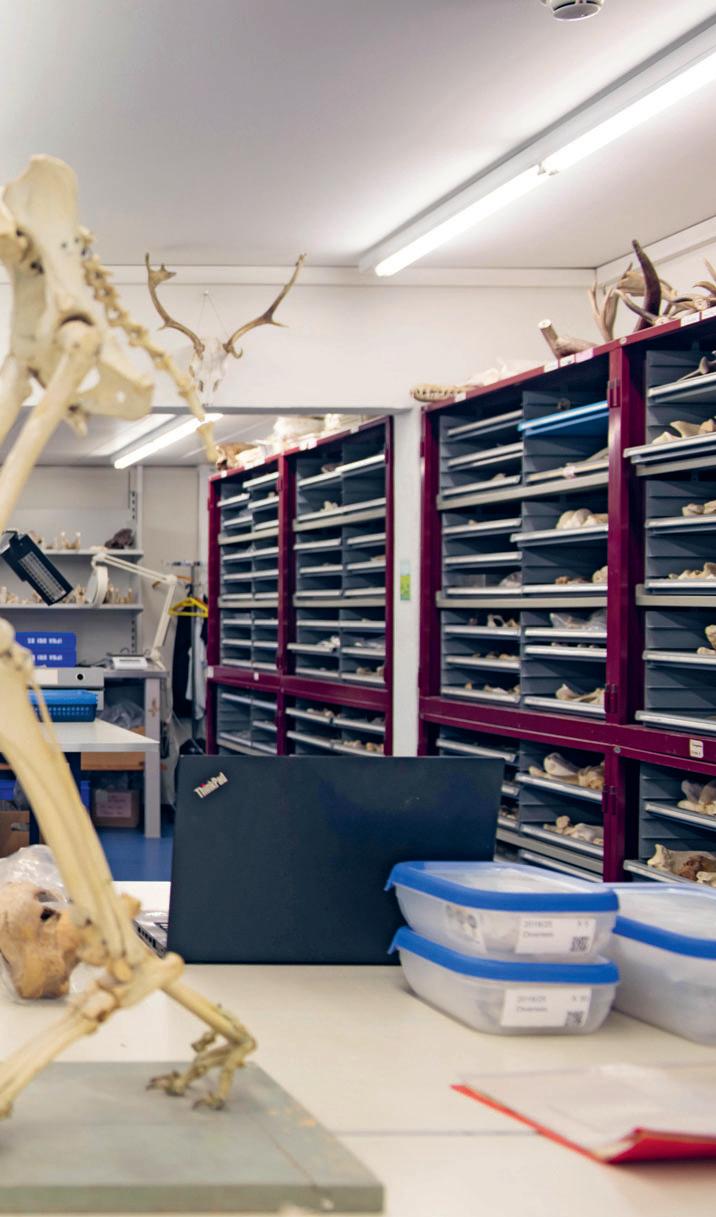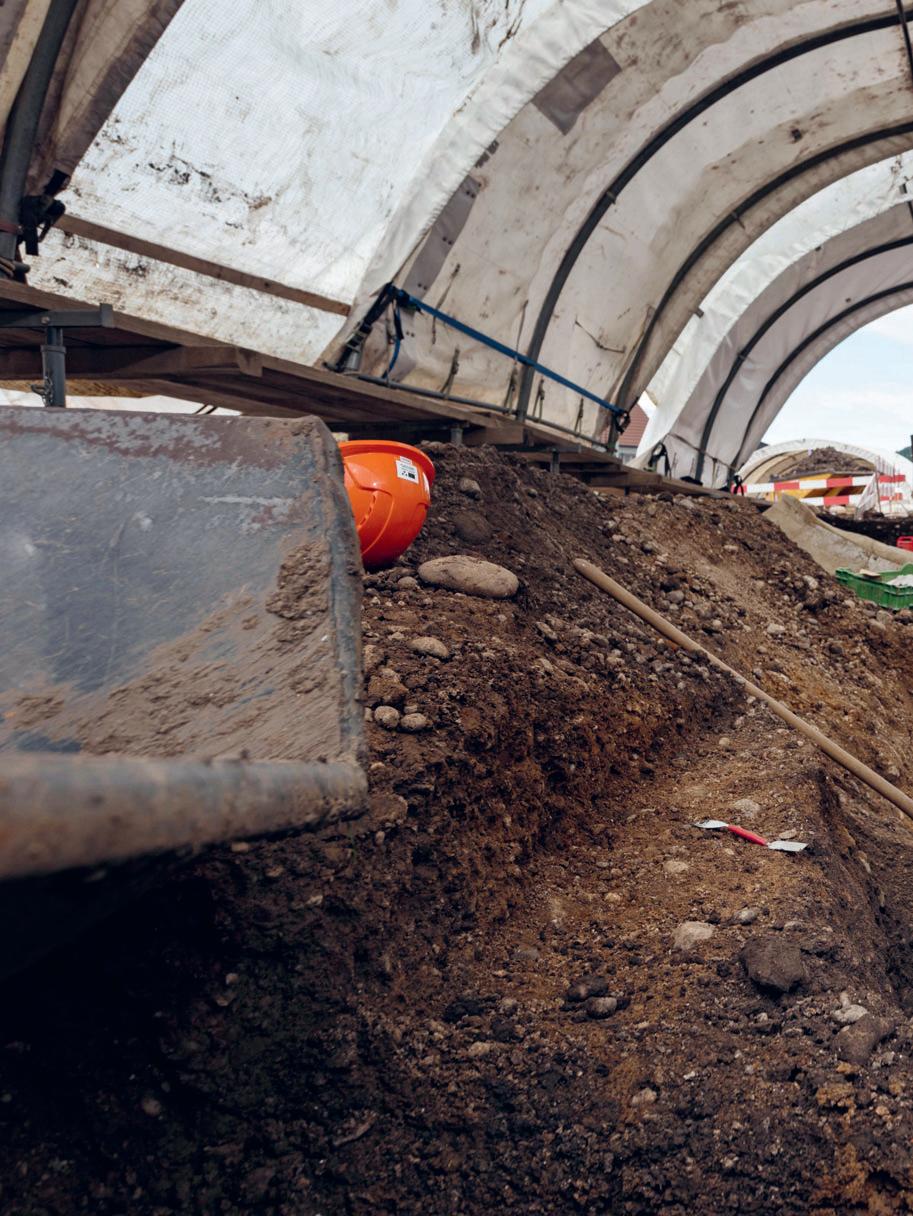
4 minute read
Album
Bones, seeds and sediments.
Texts: Angelika Jacobs Photos: Christian Flierl
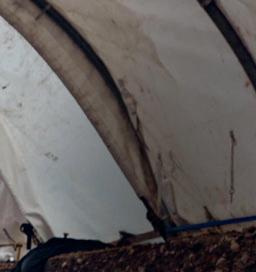
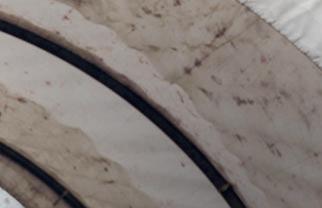
Researchers perform a rescue mission on hands and knees with spades, sieves and their bare hands. At the future site of a new, large-scale building complex and parking garage located on Zürcherstrasse in the city of Windisch, Switzerland, the Canton Aargau Archaeology Department is working to preserve the remains of the Roman legion camp Vindonissa. There, they uncovered a fi rst century cemetery, a street, the remains of a building, waste pits and latrines. The team included researchers and students from a fi eld course at the University of Basel. They searched the dig site for bones and plant material that might indicate which animals and crop plants were used by Vindonissa’s residents. The researchers also gathered samples of the sediment in which these objects were buried. Materials from this location – alongside objects found at other dig sites – are sent to the Integrative Prehistory and Archaeological Science (IPAS) institute for further analysis. Findings from these analyses help shed more light on the nature of daily life in Vindonissa.

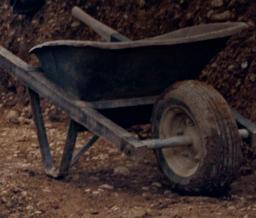
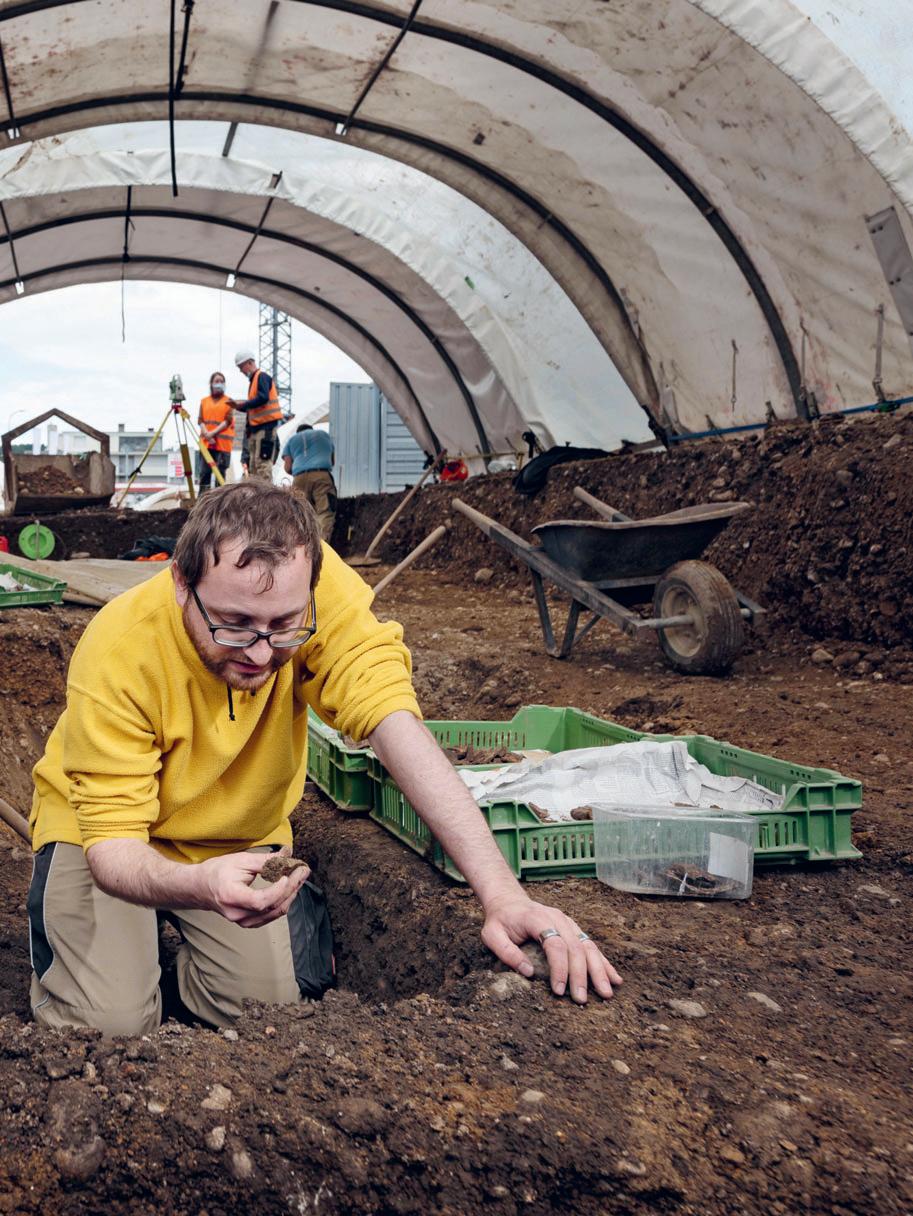

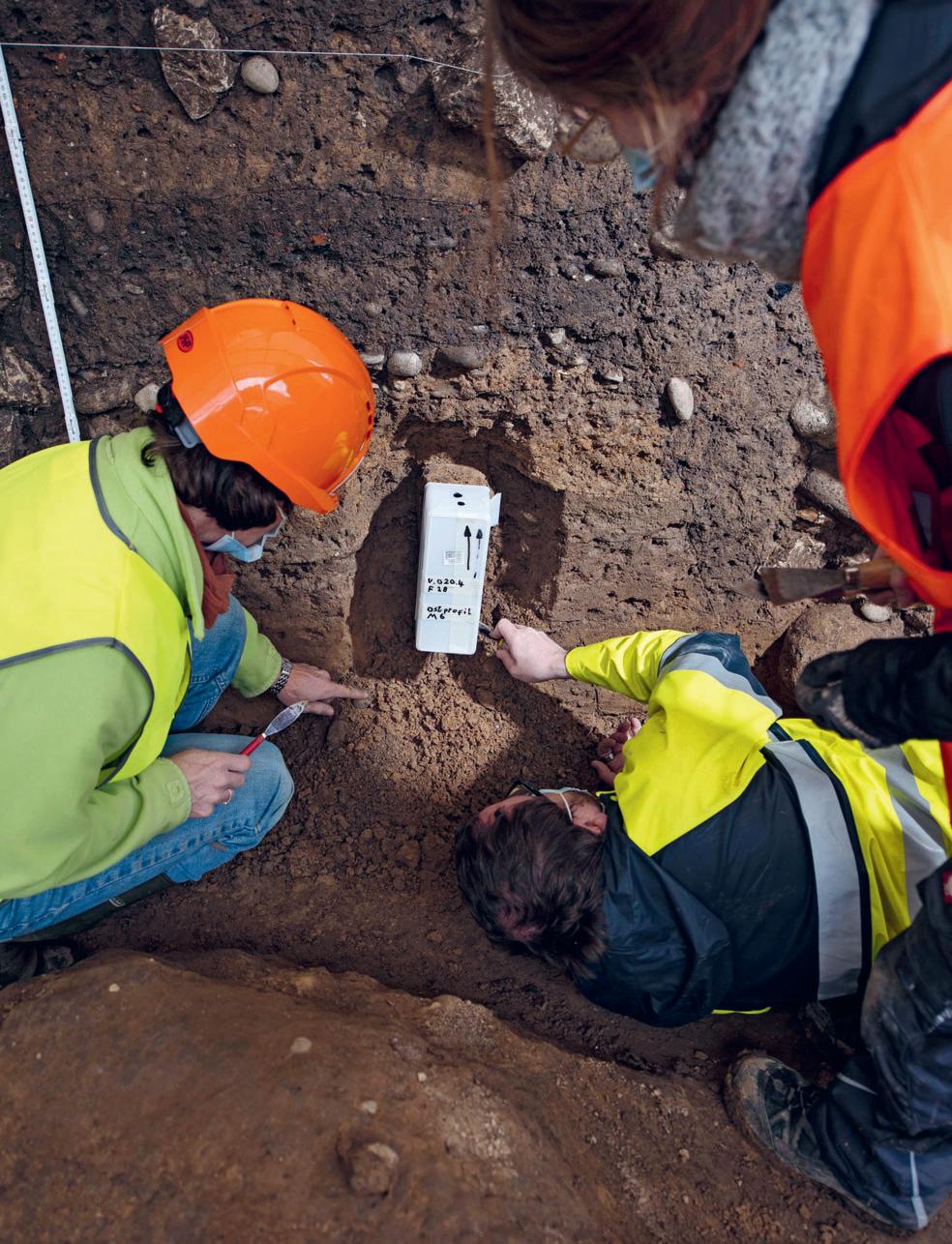
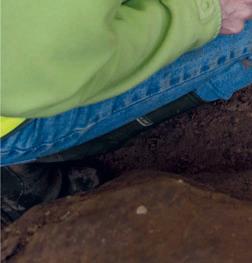
At a depth of around 1.3 meters, students retrieve sediment samples in white plastic boxes. These so-called oriented block samples are labeled and carefully packaged before being sent to the laboratory, where the researchers later impregnate them using artifi cial resin to harden and preserve the original structure of the sediment. Later on, they make thin slices from these samples for microscopic analysis. Other soil samples are prepared at the dig site using sieves with fi ner and fi ner mesh sizes in what is known as the gold panning technique. This process removes the sediment from the plant or bone matter and allows researchers to separate the lighter, fl oating plant samples from dense material, such as bones, ceramic shards or gravel. A spatula is used to carefully collect samples from the sieves. (Pictured on the right.)
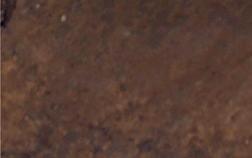
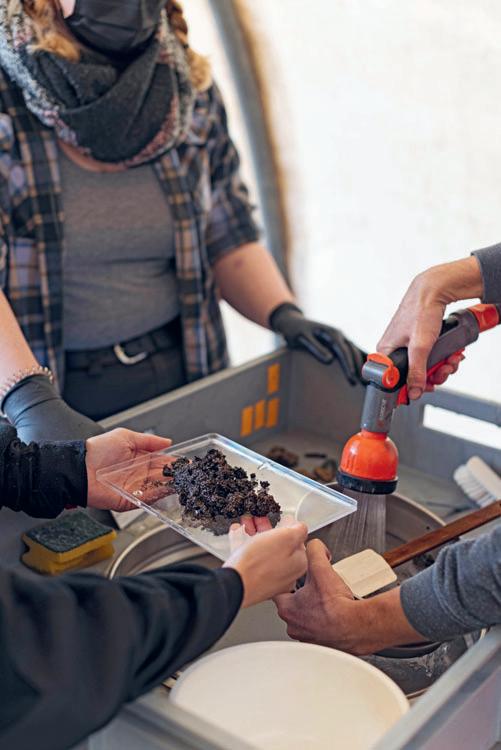
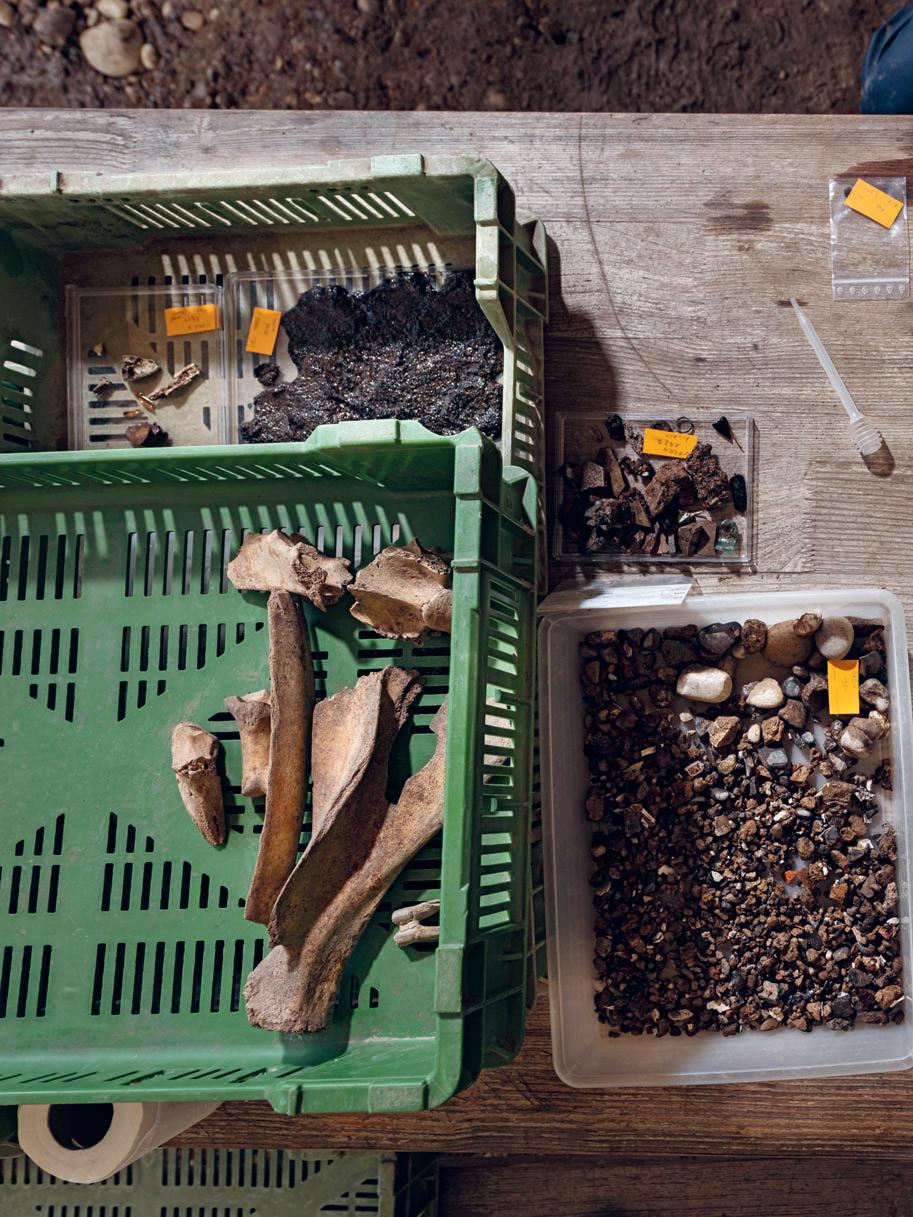

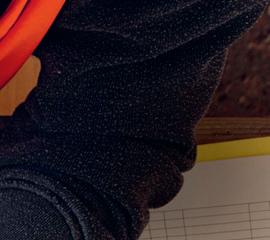
The researchers sort all animal and plant remains – from large animal bones all the way down to the tiniest seeds – and prepare them to be sent to the IPAS in Basel, where the material will be analyzed more closely. All materials remain the property of the canton of Aargau and will be returned afterwards.

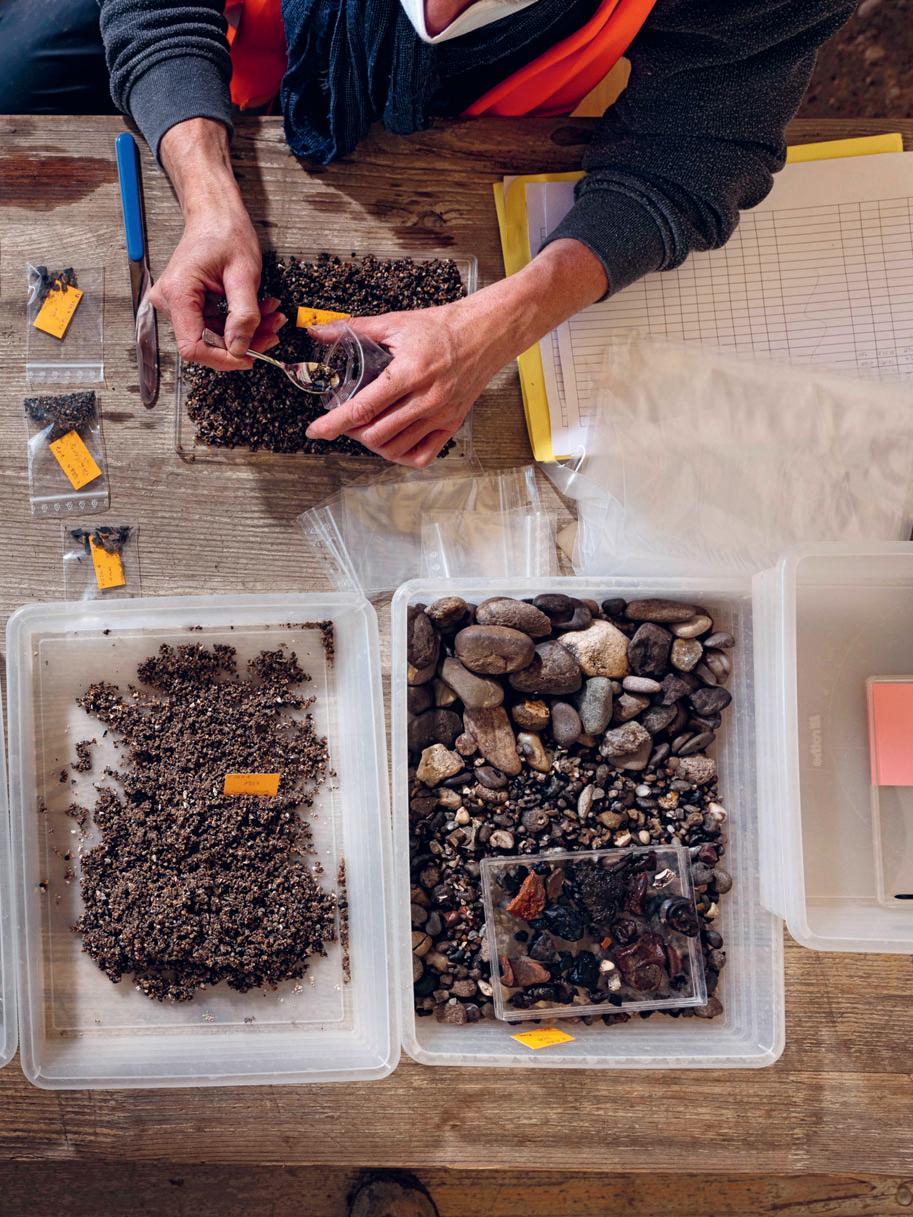
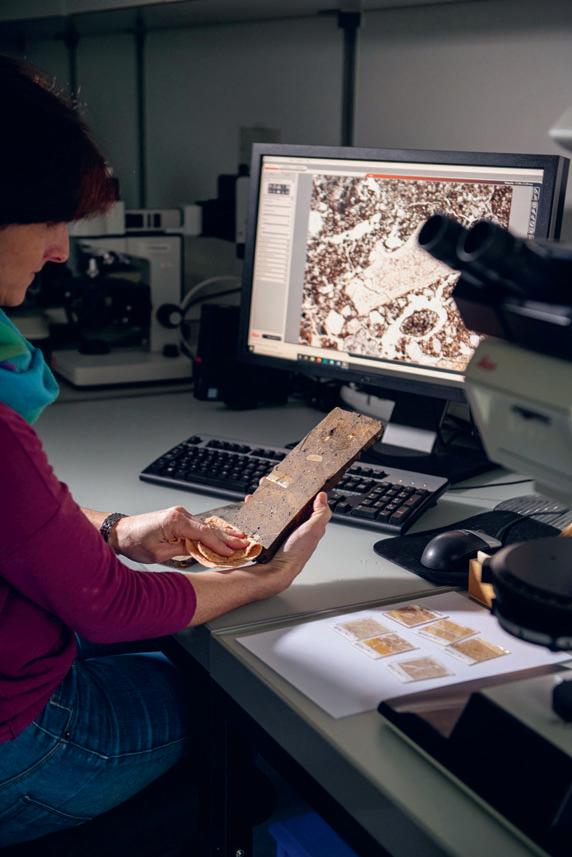
At the IPAS, researchers study thin sections of the impregnated block samples under a microscope. The fabric and microstructure of the sediments as well as the composition of the deposits provide insights into events that took place at the Vindonissa camp, such as fi res or less dramatic occurrences like the backfi lling of pits or latrines or the use of constructed fl oors in a house. (Pictured on the left.)
The team’s archaeobotanists use a binocular microscope to analyze seed material from different dig sites and compare the samples with a reference collection to identify the various plant species. This will help them draw conclusions about the agricultural practices at the camp.


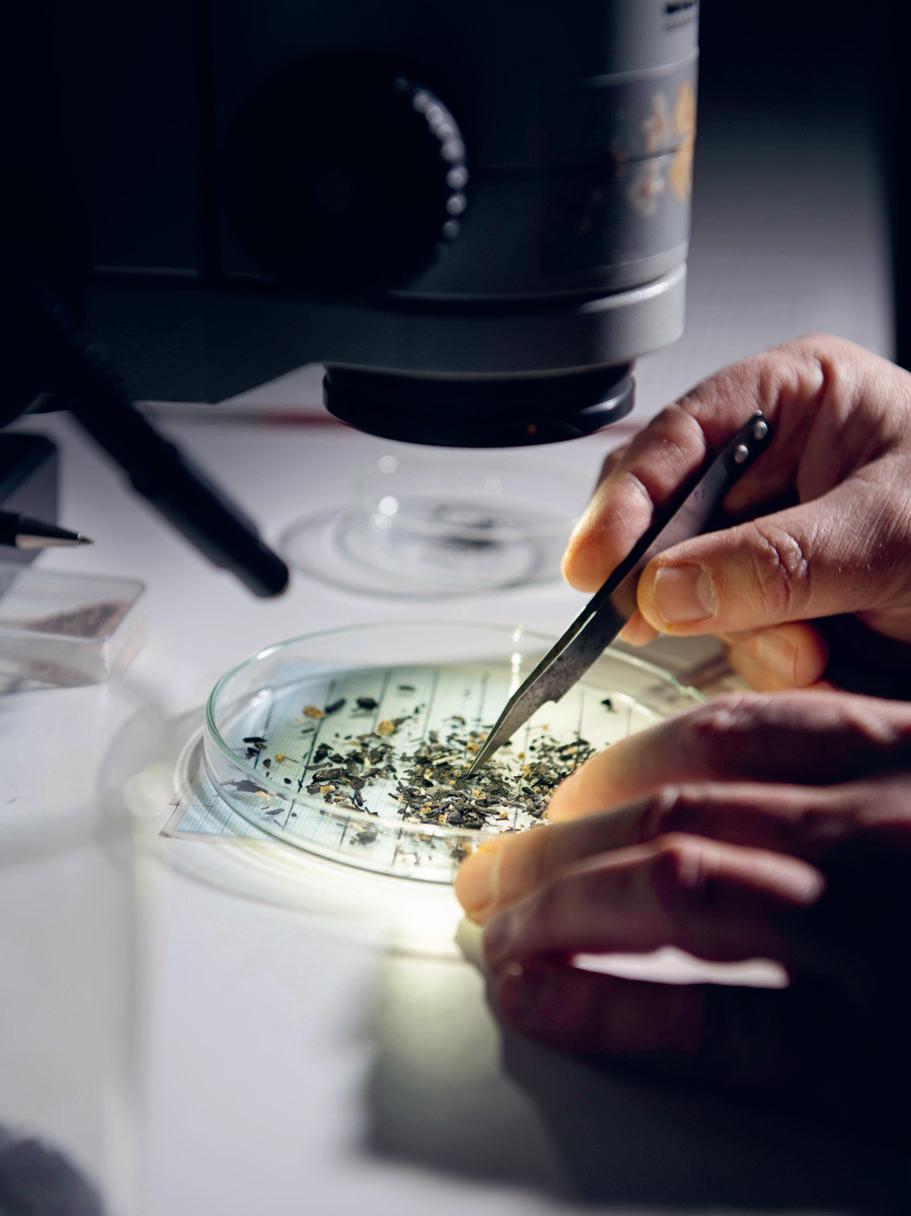
IPAS researchers also manage an extensive collection of bones from animals of both large and small species for use as reference material. Fragments are often suffi cient for researchers to identify the animal species from which the bones uncovered at a dig originated and determine which domesticated and wild animals were used by humans centuries ago.
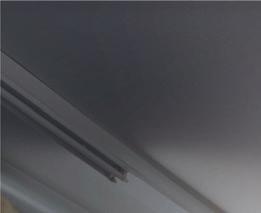

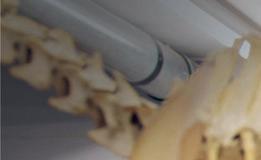

The fi eld course in archaeobiology and geoarchaeology was supervised by Sabine Deschler-Erb (pictured here), Örni Akeret, Simone Häberle and Christine Pümpin from the University of Basel. In this annual course, students learn the techniques and work processes employed during and after archaeological digs. The researchers at the IPAS analyze materials from a wide variety of archaeological sites in Switzerland and abroad.
